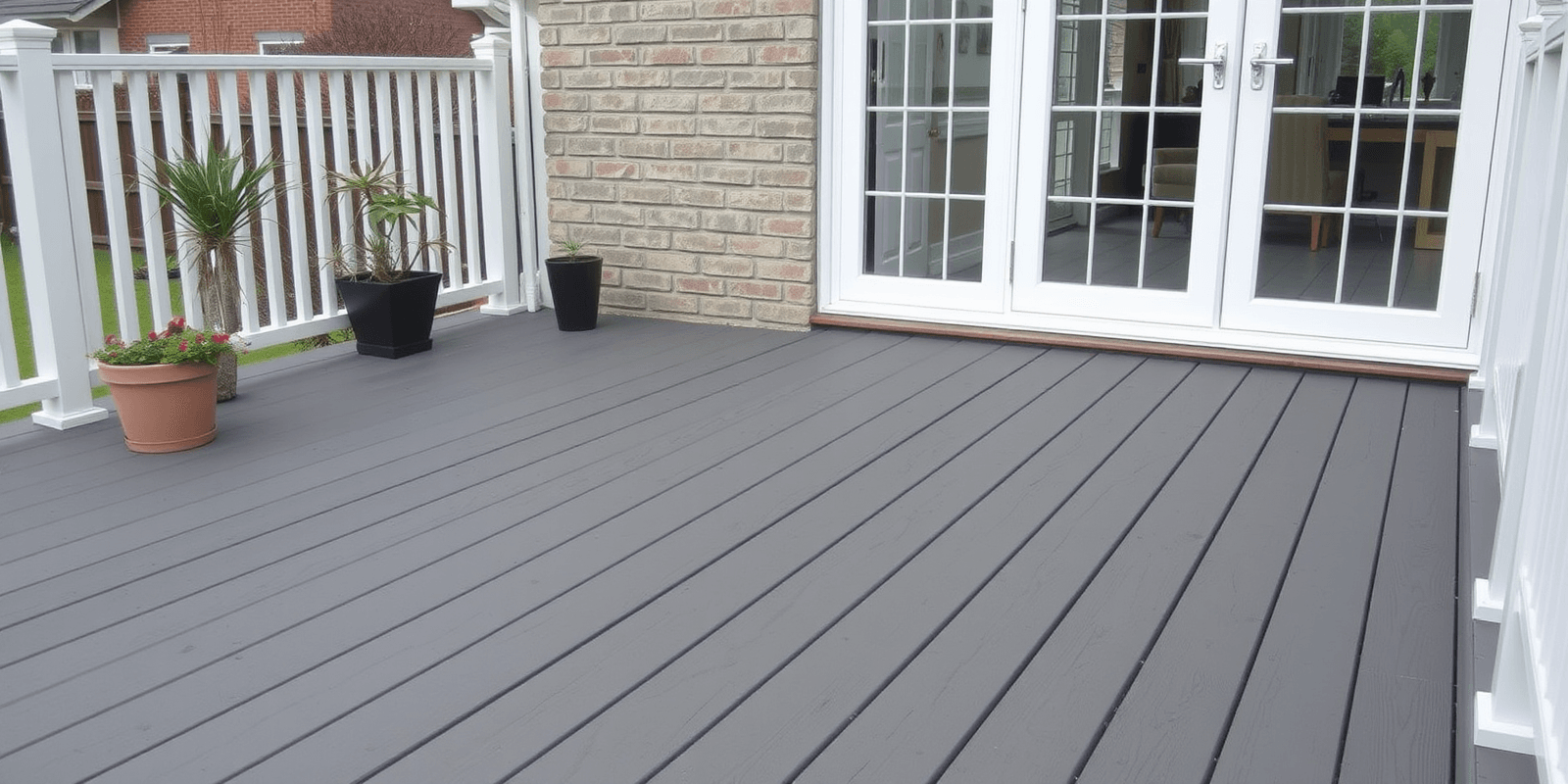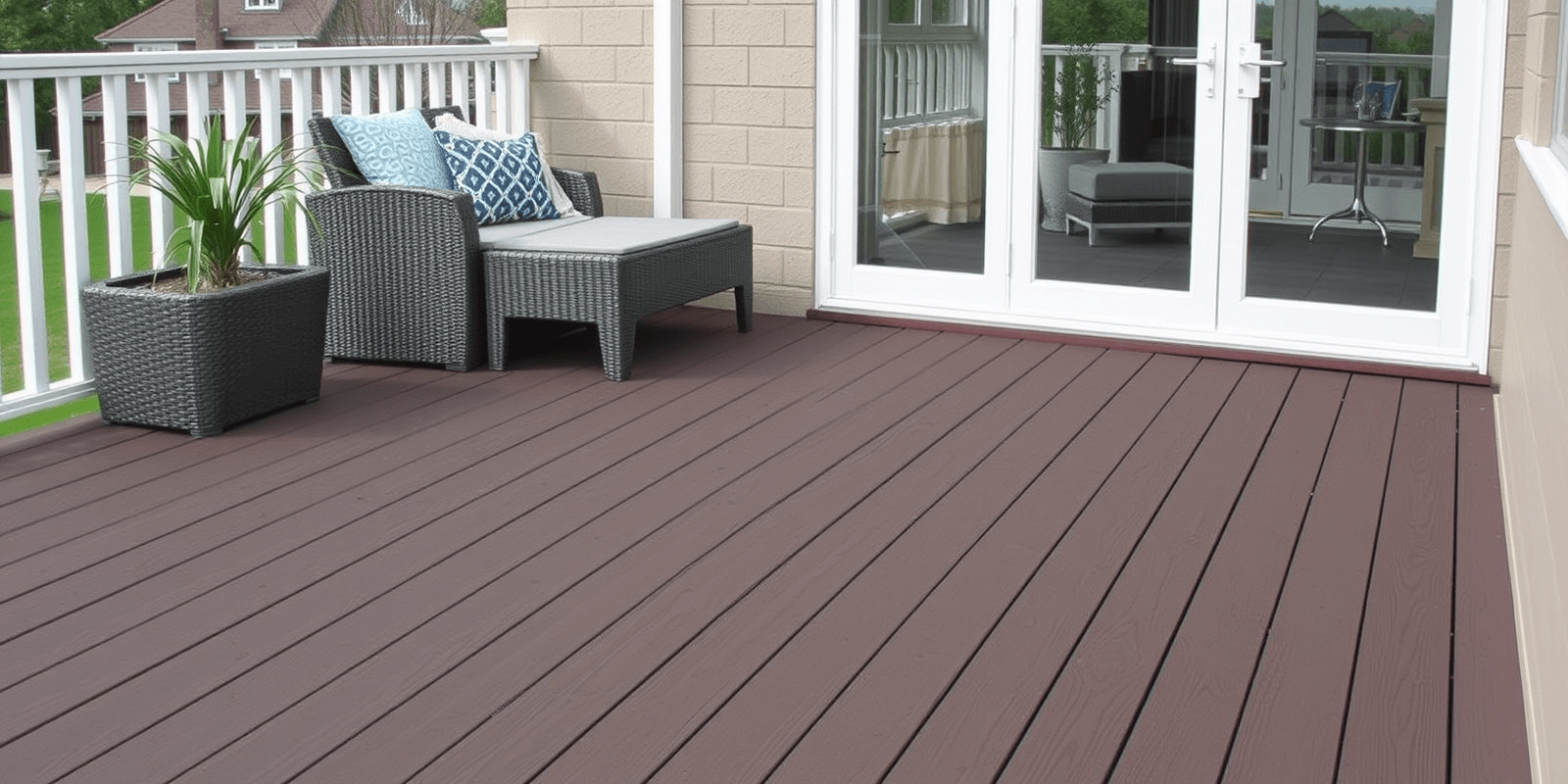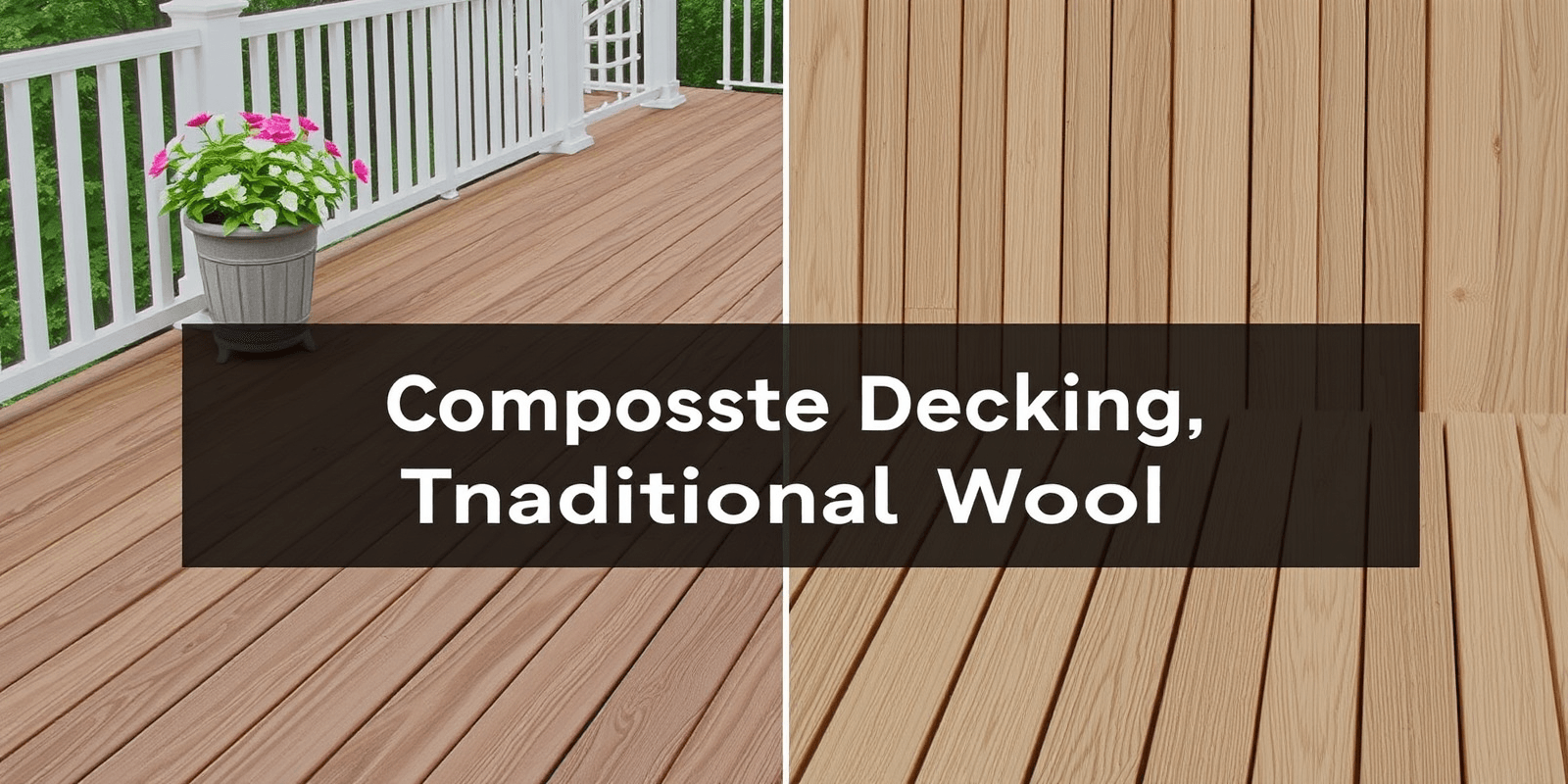grey composite decking
Introduction
Grey composite decking has emerged as a popular choice for both residential and commercial projects due to its unique combination of aesthetics and practicality. This material offers a blend of natural wood-like appearance with the durability and low maintenance benefits of synthetic materials. In this article, we will explore the advantages of using grey composite decking across various outdoor settings, highlighting its resistance to weathering, low maintenance requirements, and how it complements different architectural styles.
Resistance to Weathering
One of the key advantages of grey composite decking is its exceptional resistance to weathering. Unlike traditional wooden decks that can warp, crack, or rot over time, composite decking is designed to withstand the elements. Grey composite decking is typically made from a mixture of wood fibers and recycled plastic, which makes it highly resistant to moisture, UV rays, and temperature fluctuations. This means that your deck will maintain its integrity and appearance even after years of exposure to harsh weather conditions. According to a study by the Composite Panel Association, composite decking products are up to four times more durable than traditional wood decking, making them an ideal choice for outdoor spaces in areas prone to extreme weather (Composite Panel Association, 2021).
Low Maintenance Requirements
Another significant advantage of grey composite decking is its minimal maintenance needs. Traditional wooden decks require regular staining, sealing, and sanding to keep them looking their best. In contrast, composite decking requires very little upkeep. It does not need to be sealed or stained regularly, and it is resistant to stains and fading. Cleaning a composite deck simply involves occasional sweeping or hosing down with water. This low-maintenance feature makes grey composite decking an attractive option for busy homeowners or commercial properties where time and resources are limited. A report by HomeAdvisor confirms that composite decks cost less in the long run because they require fewer repairs and replacements compared to traditional wood decks (HomeAdvisor, 2022).
Complementing Architectural Styles
Grey composite decking’s neutral color and modern aesthetic make it versatile enough to complement a wide range of architectural styles. Whether you have a traditional home with classic lines or a contemporary structure with sleek designs, grey composite decking can enhance the overall look of your outdoor space. The subtle gray tones can blend seamlessly with natural surroundings while also providing a clean, modern look that can elevate the appearance of any property. Additionally, grey composite decking can be used in various outdoor settings, such as patios, balconies, and commercial walkways, offering flexibility in design and functionality. Architects and designers appreciate the ease with which grey composite decking can be incorporated into existing landscapes, enhancing both curb appeal and functional use (Architectural Digest, 2021).
Conclusion
In conclusion, grey composite decking stands out as a superior choice for outdoor projects due to its resistance to weathering, low maintenance requirements, and versatility in design. Its ability to withstand harsh environmental conditions while requiring minimal upkeep makes it a practical solution for both residential and commercial applications. Moreover, its modern aesthetic allows it to complement a variety of architectural styles, making it a valuable addition to any outdoor space. As sustainable building practices continue to gain importance, grey composite decking offers a durable, eco-friendly option that enhances the beauty and longevity of outdoor living areas.



